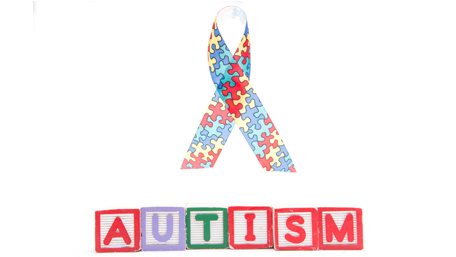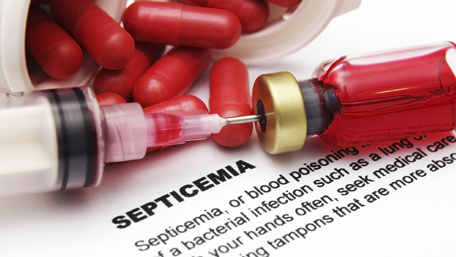
11/15/2021
Hot Topics of the Day are picked by experts to capture the latest information and publications on public health genomics and precision health for various diseases and health topics. Sources include published scientific literature, reviews, blogs and popular press articles.
Sign up MyPHGKB to receive the daily hot topic email alert.
Archived Hot Topics of the Day By Date
Disparities in COVID-19 Outcomes by Race, Ethnicity, and Socioeconomic Status
A Systematic-Review and Meta-analysis
S Magesh et al, JAMA Network Open, November 2021
Direct Comparison of Antibody Responses to Four SARS-CoV-2 Vaccines in Mongolia
NJ Dashdorj et al, Cell Host and Microbe, November 2021
Using Deep Learning Sequence Models to Identify SARS-CoV-2 Divergence
Y Ding et al, ARXIV, November 12, 2021
Cost-effectiveness analysis of BNT162b2 COVID-19 booster vaccination in the United States
R Li et al, MEDRXIV, November 14, 2021
Case Series of Thrombosis with Thrombocytopenia Syndrome following COVID-19 vaccination--United States, December 2020-August 2021
I See et al, MEDRXIV, November 14, 2021
Using high-resolution contact networks to evaluate SARS-CoV-2 transmission and control in large-scale multi-day events
R Pung et al, MEDRXIV, November 14, 2021
Limited impact of contact tracing in a University setting for COVID-19 due to asymptomatic transmission and social distancing
DA Stocks et al, MEDRXIV, November 14, 2021
AI/ML Models to Aid in the Diagnosis of COVID-19 Illness from Forced Cough Vocalizations: Results and Challenges of a Systematic Review of the Relevant Literature
K Kelley et al, MEDRXIV, November 14, 2021

Attitudes among parents of persons with autism spectrum disorder towards information about genetic risk and future health
J Johannessen et al, EJHG, November 15, 2021
The Framing of machine learning risk prediction models illustrated by evaluation of sepsis in general wards
S Lauritsen et al, NPJ Digital Medicine, November 15, 2021
Disclaimer: Articles listed in Hot Topics of the Day are selected by Public Health Genomics Branch to provide current awareness of the scientific literature and news. Inclusion in the update does not necessarily represent the views of the Centers for Disease Control and Prevention nor does it imply endorsement of the article's methods or findings. CDC and DHHS assume no responsibility for the factual accuracy of the items presented. The selection, omission, or content of items does not imply any endorsement or other position taken by CDC or DHHS. Opinion, findings and conclusions expressed by the original authors of items included in the Clips, or persons quoted therein, are strictly their own and are in no way meant to represent the opinion or views of CDC or DHHS. References to publications, news sources, and non-CDC Websites are provided solely for informational purposes and do not imply endorsement by CDC or DHHS.
- Page last reviewed:Feb 1, 2024
- Page last updated:Apr 25, 2024
- Content source:




